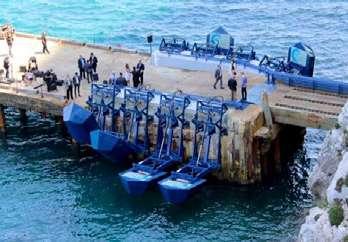www.saurenergy.com
July 2021 | `200
DCP LICENSING NO. F.2(S-29) PRESS/2016 | VOL. 5 | ISSUE 10 | TOTAL PAGES 64 | PUBLISHED ON 1ST OF EVERY MONTH
The Sun Rises
For Floating Solar
Floating Solar is Finally at the start of a long growth spurt in India.









